Ask for the tough interview.
Make hard choices about what you won’t cover.
Don’t give readers any excuses for checking out.
These three lessons stand out clearly from the three newsrooms, projects and stories featured today in our first installment of How We Did It.
What work is your local newsroom proud of? Share it and I’ll reach out if we decide to feature it. All the answers shared here came through a Google form and have been edited for length and clarity.
“I learned that most people want to tell their story, no matter how devastating it is,” Dana Benbow, sports enterprise reporter, Indianapolis Star
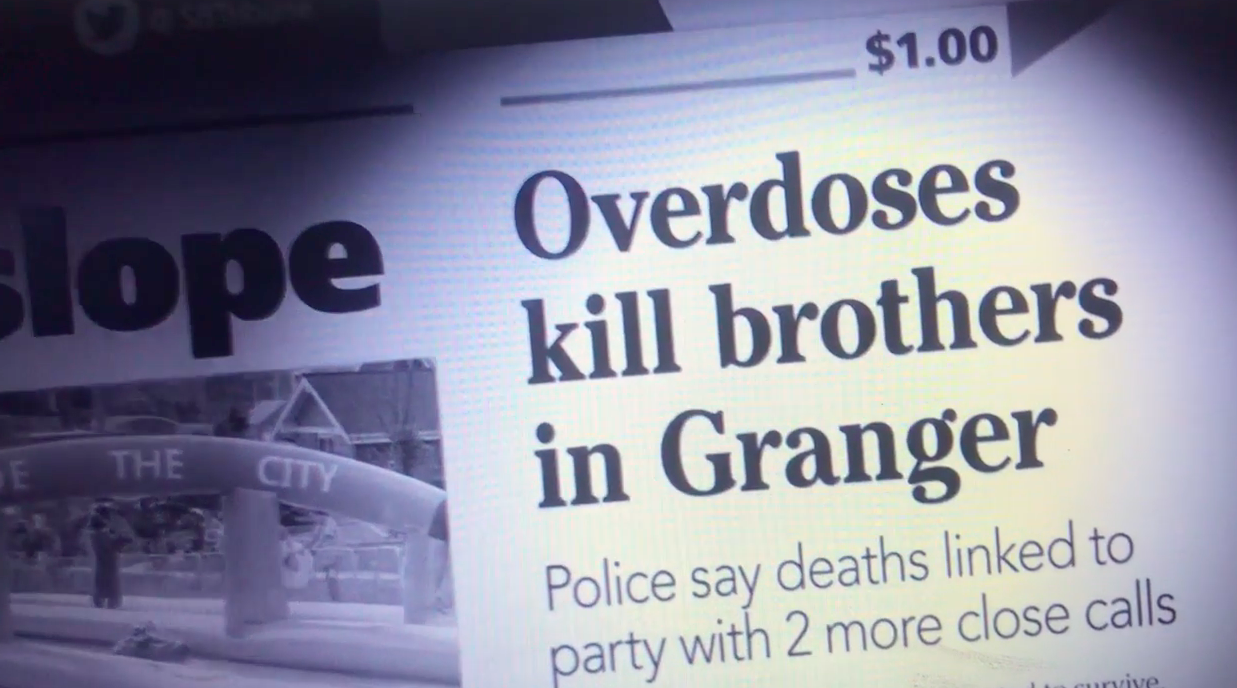
Screenshot, Indianapolis Star
The Indianapolis Star has about 75 people in the newsroom. Sports enterprise reporter Dana Benbow worked with sports editors Nat Newell and Jenny Green to tell the story of a woman who had lost two sons to an opioid overdose on the same day four years before. Benbow shared details on how she wrote the tough story.
How did you make this story happen?
This was one of those stories that came together quickly. It wasn’t a long-term project because there wasn’t time. My editor, Jenny Green, happened upon the story in May of this mother who lost two of her four sons on the same day due to opioid overdoses. When it was assigned to me, I had just weeks before the anniversary of their deaths, June 14, which was the target date to run the story. I reached out to Becky Savage (the mom), and she graciously agreed to an in-person interview. I went alone with an iPhone and sat inside her home and listened to the unbelievable tale of that morning she found both her sons, hockey players Nick and Jack, dead inside her home. They had experimented with alcohol and oxycodone the night before. They had no idea it could kill them.
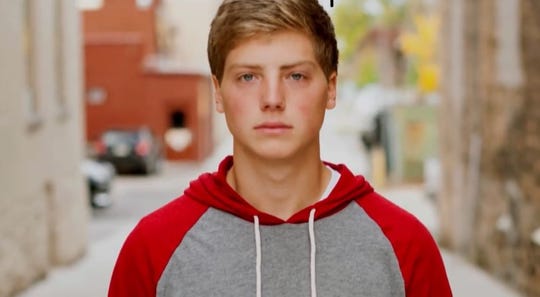
Jack Savage was 18 when he died. (Photo via Indianapolis Star)
What did you learn?
I learned that sometimes just sitting at the kitchen table with a source and letting them talk without trying to lead the interview creates a really raw and emotional outcome. I learned that most people want to tell their story, no matter how devastating it is. Becky was willing to get through a really tough afternoon of reliving her sons’ deaths for the greater good — to hopefully help other parents and teens. This taught me to always be willing to ask for that tough interview, even if you can’t imagine the person saying yes.
Related: A reporter’s guide to getting it right.
[the_ad id=”667826″]
“We decided to tell small stories about how people live with less,” Amy Wilson, storytelling coach, The Cincinnati Enquirer
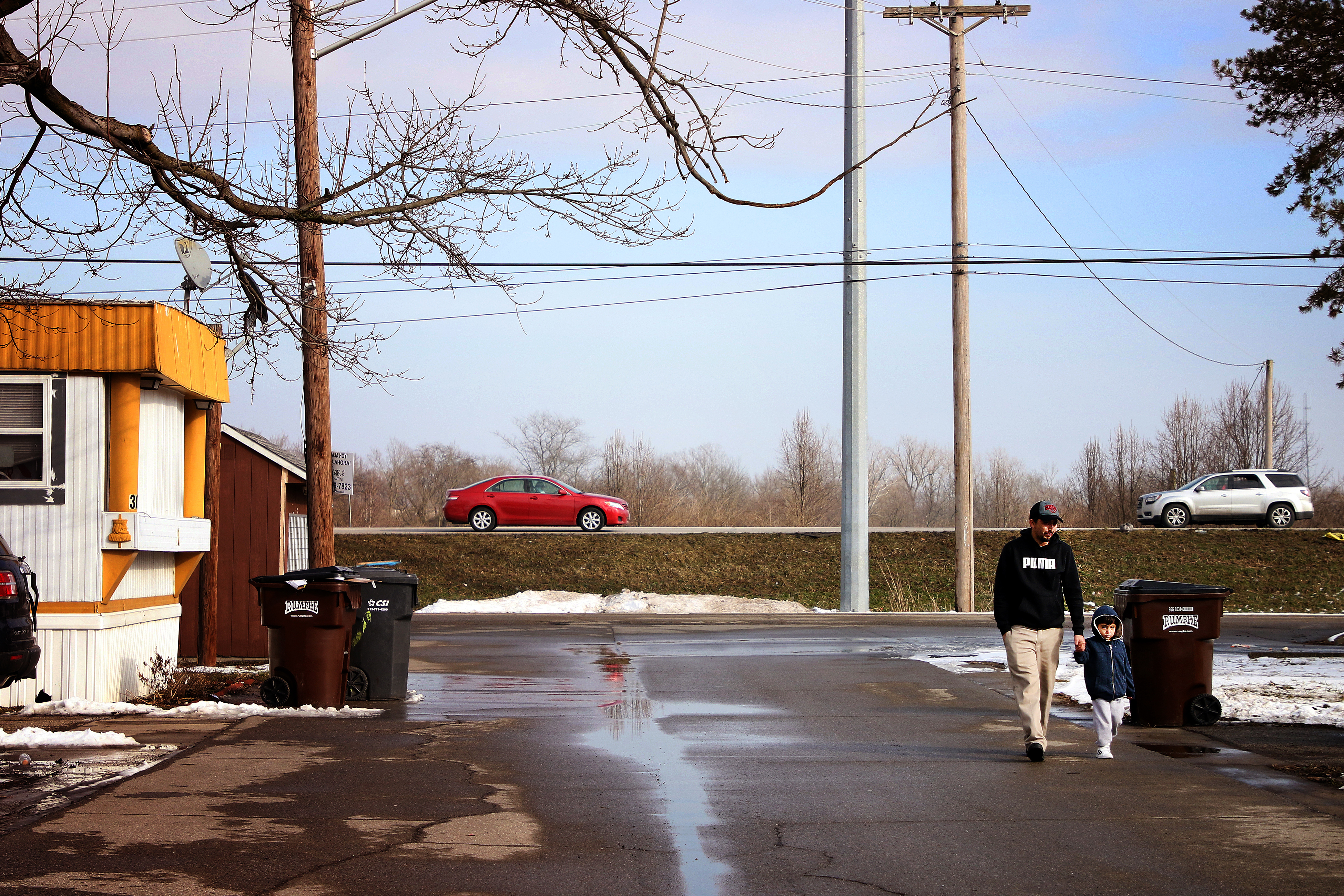
Francisco Ramirez and his son Roberto walk down the street of their mobile home park, with Princeton Glendale Road in the backdrop. Ramirez told his wife the family would move once they could afford it. Six years have passed. (Photo by AMANDA ROSSMANN/THE ENQUIRER)
The Cincinnati Enquirer has around 80 people in the newsroom. For “The Long Hard Road,” an ongoing project, staff worked together to look at wealth disparity. Storytelling coach Amy Wilson edited the project and worked with video editor Amanda Rossmann, photo editor Cara Owsley and data editor Mark Wert. (Wilson answered these questions about the project.)
How did you make this story/series happen?
We wanted to write about wealth disparity — not just poverty — in our region, in a way that would surprise people. We also wanted to write about it in a way that it might actually be read.
We began by doing a deep data dive, dividing the city into its census tracts and looking hard at where the disparity was the most stark.
Data is important here. We used it to launch stories or support stories but the story each of the data points represented is the point.
We decided to tell small stories about how people live with less. We chose “The Road” concept because if we did just one neighborhood in Cincinnati, we would not remotely be touching on the diversity and range of issues that reveal what is really happening.
We built the road, an 80-mile stretch that cuts pretty cleanly through the heart of our region, from north to south. We divided the stretch into four pieces which, luckily, arranged itself into the post-industrial outer suburbs where manufacturing has fallen off, the city’s first suburbs which are struggling, the inner city and southern rural reaches. Each has its own unique problems. The project publishes quarterly throughout the year.
We also are creating a unifying theme for each part. Part I was, essentially, how the economic recovery that followed the 2008 recession is not showing up in a lot of people’s lives. Part 2 looks at how costly it is to be poor. (The cost of doing a single load of laundry, for example, is greater if you use a laundromat than if you own a washer and dryer.)
What did you learn?
We organized a team of very seasoned, very smart reporters who understood that they were to go out and find stories of people’s lives and tell them, with the caveat that they hold tight to the theme (post-recession in Part 1, for example) and write tight. We wanted the reader to have no excuse for checking out as each was self-contained.
We learned that people, when simply asked how their day was, unfolded their lives in revealing ways.
We learned that many we spoke with don’t consider themselves “poor.” They make decisions based on their income and do not much complain.
As an editor, I learned that reporters LOVE this work. Each part has drawn more reporters who want to be included. It’s a kind of pure journalism that assumes nothing going in and lets the source lay the groundwork.
“To get at some great stories, editors and reporters must let go of other stories,” Diana Sugg, writing coach and enterprise editor, The Baltimore Sun
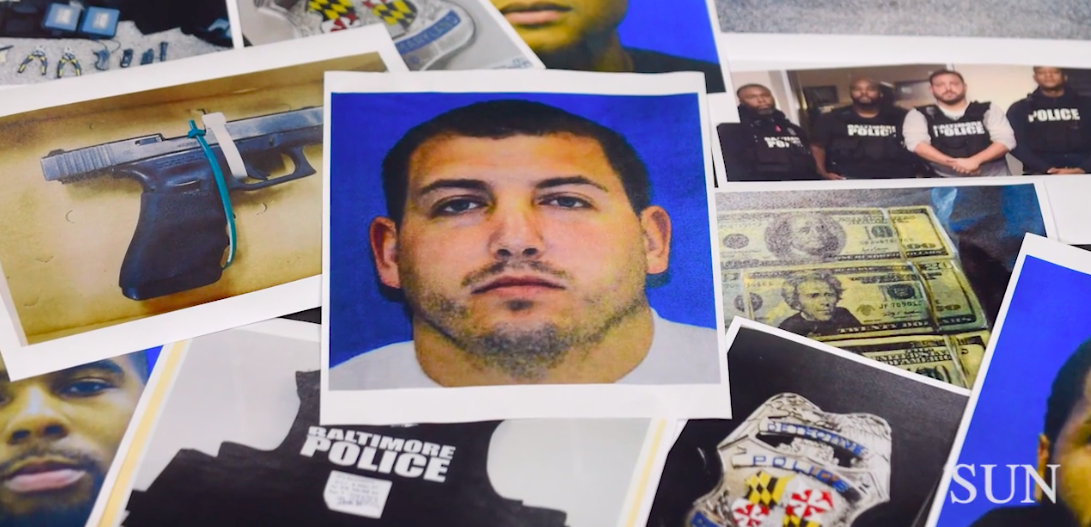
Screenshot, The Baltimore Sun
The Baltimore Sun has roughly 100 in the newsroom, and three journalists were key to the three-part project on a corrupt elite squad of officers that made national headlines, said Diana Sugg, writing coach and enterprise editor. They are veteran crime reporter Justin Fenton, multimedia editor Kevin Richardson and interactive designer Caroline Pate. Eileen Canzian is director of content and investigations, and Sugg was the other senior editor on the project. Two text editors, two visual editors, two audience engagement/presentation editors and the social media team also worked on the project. Sugg answered questions about the series.
How did you make the story happen?
The Baltimore Sun’s veteran crime reporter, Justin Fenton, had been cranking out hard-edged daily stories for months about the shocking story of a squad of elite Baltimore cops who were robbing drug dealers and others. But our editor-in-chief, Trif Alatzas, knew we needed to investigate the corruption at a deeper level: How did it all get started? How did these officers operate on the streets of Baltimore? And how did they get away with their crimes for so long?
Alatzas and Managing Editor Sam Davis freed up Fenton, who has been on the beat a decade and had him focus solely on the Gun Trace Task Force. With eight officers, several trials, thousands of pages of documents and dozens of incidents spanning multiple years and police commissioners, the story was complex, messy and at times, scary. But making the story a priority for Fenton, and for the paper, was the only way to get it done. We are privileged to have another crime reporter who could keep covering the beat, while Fenton worked on the project.
Another key development was a $10,000 grant from the Pulitzer Center. This made it possible to create an eye-popping presentation that drew readers in. With the money, the newsroom was able to provide more time for our video editor and our interactive designer. We also hired a freelance motion graphics animator to make collage-like title sequences as lead art for the three stories. This was a compelling way to showcase the documents, body camera footage and other visuals and give the project its gritty, realistic feel.
Related: Where can you find funding for that local journalism project? Here’s a quick guide
[the_ad id=’667872′]
What did you learn?
This was a massive project that taught our team many important lessons.
First, this project was a reminder that no matter how much our journalists cover a story, when it’s this big, complex and important, it’s worth it to go back, do more reporting, and put it all together into one engaging package. Many readers hadn’t truly grasped the scope of the corruption, nor had we ever had a chance to dig into how it really happened.
Second, we appreciate anew the importance of organization — especially when dealing with more than 50 body camera videos, stacks of documents and internal files. Collaboration was also crucial: meeting early and often with other teams in the newsroom, from graphics and design to visuals, audience engagement and social media staffers.
Also key to the success of the project was being thoughtful about how readers would interact with the content. There were few new subjects to photograph, but we had dozens of videos from body cameras and surveillance equipment. Our visual editors decided early to pepper the story with short videos that would run alongside the details of those police encounters in the text. This enabled our readers to almost step into the scenes as they read them.
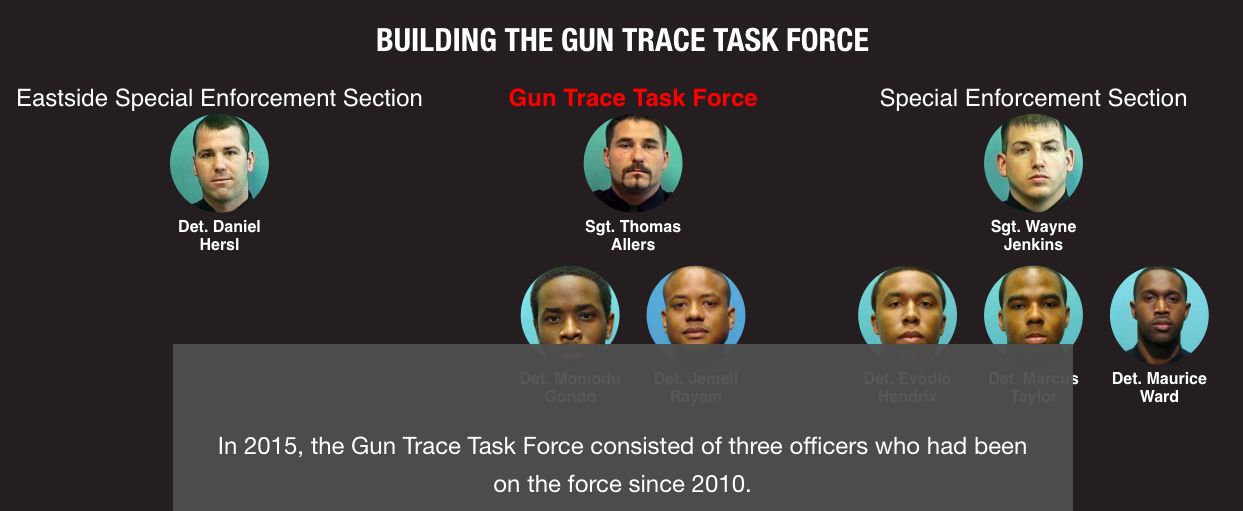
Screenshot, The Baltimore Sun
What work is your local newsroom proud of? Please share it and I’ll reach out if we decide to feature it.







